Singapore Will Cut Water Imports from Malaysia, Pursue Self-Sufficiency
Plans are underway to replace imported water with recycled wastewater and desalinated water in Singapore.
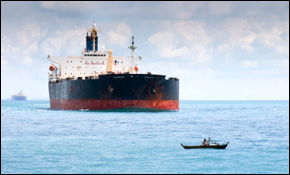 Singapore is building water supply infrastructure to become self-sufficient and end a water import agreement with Malaysia when it expires in 2011, the country’s water minister said last month according to the Straits Times.
Singapore is building water supply infrastructure to become self-sufficient and end a water import agreement with Malaysia when it expires in 2011, the country’s water minister said last month according to the Straits Times.
Singapore, a small island off the southern tip of the Malay peninsula, currently imports nearly 40 percent of its 300-million-gallon daily demand from its neighbor. In addition to the agreement expiring next year, the two countries have another supply contract that expires in 2061. According to these agreements, Singapore pays three Malaysian sen (US$.01) per 1,000 gallons of raw water, as well as rent for the land. Singapore also pays to maintain the waterworks in Johor State, where the water is withdrawn, and provides Johor with subsidized, treated water.
However, with the construction of new domestic supply systems, Singapore–home to nearly five million people–plans to meet its own demands.
In 2003 the country opened its first wastewater recycling plant–a supply source that has been rebranded as NEWater–and now four plants provide 15 percent of the island’s water demand. A fifth plant opening this month will increase NEWater’s supply share to 30 percent, adding a treatment capacity of 50 million gallons per day. The reclaimed water will be blended with water in reservoirs before entering the public system.
The country’s second strategy for weaning off water imports is to invest in desalination plants. The first such plant opened in 2005 and supplies 10 percent of Singapore’s demand. A larger, second plant is under construction and expected to be completed in 20 months.
“With these new sources, we have diversified our water supply and built up a robust system,” said Environment and Water Minister Yaacob Ibrahim said to the Straits Times.
New reservoirs are also being built to collect rainwater. In order to maximize the catchment area of the island, a series of pipes and canals divert precipitation to 17 reservoirs.
Malaysia has long used Singapore’s water dependency as a political tool, and Singapore’s move to self-sufficiency, though potentially more expensive than imports, is an attempt to counterbalance the situation.
Source: Straits Times, Singapore Public Utility Board
Brett writes about agriculture, energy, infrastructure, and the politics and economics of water in the United States. He also writes the Federal Water Tap, Circle of Blue’s weekly digest of U.S. government water news. He is the winner of two Society of Environmental Journalists reporting awards, one of the top honors in American environmental journalism: first place for explanatory reporting for a series on septic system pollution in the United States(2016) and third place for beat reporting in a small market (2014). He received the Sierra Club’s Distinguished Service Award in 2018. Brett lives in Seattle, where he hikes the mountains and bakes pies. Contact Brett Walton

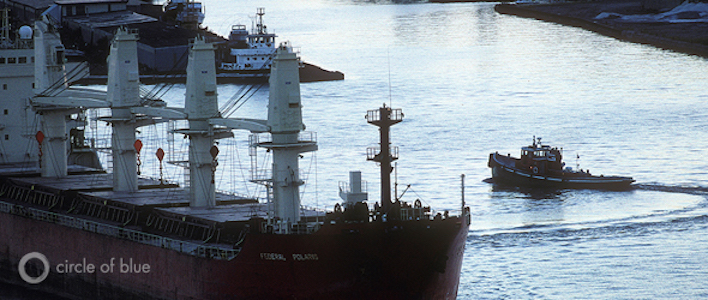

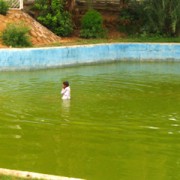
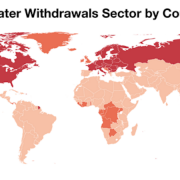


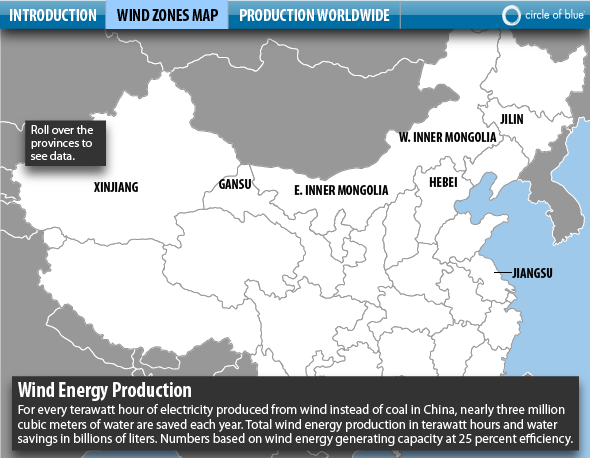




Leave a Reply
Want to join the discussion?Feel free to contribute!